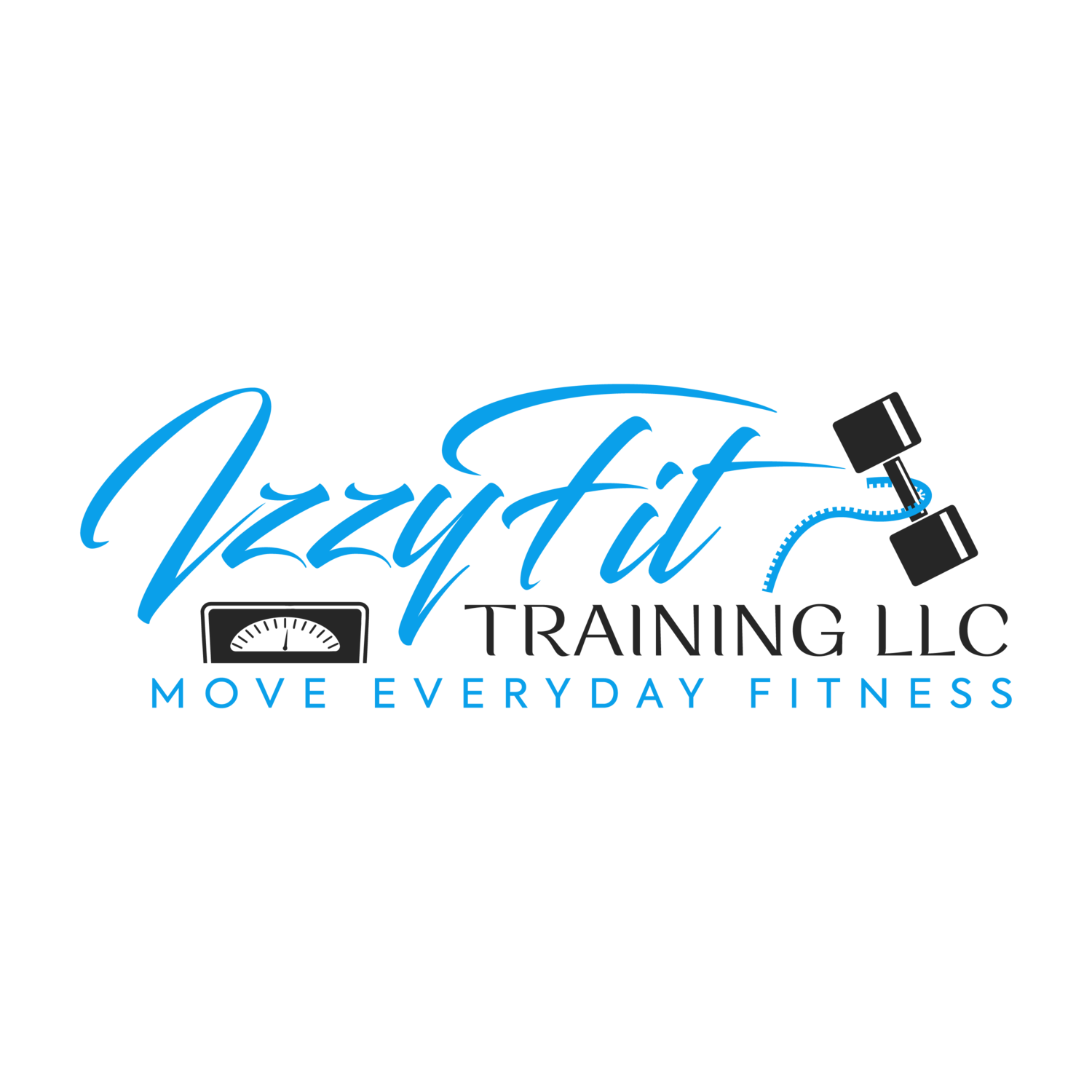Download my Health & Fitness Trifecta Guide!
Health & Fitness Trifecta Guide
When it comes to building healthy routines and reaching goals, these three topics are where I like to start. 1) your workout routine and program, 2) your macronutrients for your goals, and 3) prioritizing your recovery. I’m going to teach you how to build a full body workout, making sure you hit all the major muscle groups and all the pillars of exercise. I’ll also teach you how to calculate your macronutrient needs and an easy way to measure them. And lastly, I’ll hit on how to estimate how much recovery you need based on output that day.
Workout Program Guide
6 pillars of movement: push, pull, lunge, squat, rotate, carry
Each pillar models daily movements and activities. Including all of them in a workout is super beneficial, not only for strength, balance, and mobility, but to make the body work together, build muscle mass, and burn more calories because they are compound movements.
An easy way to program a full body workout that includes all 6 pillars of movement is to pick 6 exercises, one that falls under each category, and do a 4x40 workout. 4x40 is 4 rounds of 40 seconds of each of the 6 exercises. This model comes to about a 40 minute workout, give or take a few minutes to allow for shorter or longer rest times and stretching. This style of program achieves the best results when done 3x or more each week. You can switch up the exercises as you like, just be sure to not overlap the same category twice.
Macro Calculator
Proteins, Fats, Carbs: 40%, 30%, 30%
The 40/30/30 is a general but effective way to balance your macros during meals. Of course you can get specific with grams and ounces, but if you're just starting out I would recommend to focus on the makeup of your meal. Identify what your protein will be (because protein is priority), then look at your carbs (both vegetables, fruits, and starches like pasta or bread), and then see how much fat (oils, butters, nuts/seeds,or cheese) you’ll add to the meal when cooking. Just by giving attention to what's on your plate will start to show results after a few weeks of following this method. After about 6-8 weeks, or you have this habit down, then I would suggest getting a little more specific on your macros.
Recovery Estimator
Sleep, stretching, mindfulness, and mental health:
All of the above are crucial to your recovery. Healing the body after a workout, or even just a tough day is essential to the next day’s productivity, mood, and physical energy. Start by assessing your bedtime routine. If you don’t have one, start there. Having an established bedtime routine is proven to improve recovery and increases the likelihood of having a restful night’s sleep. Whatever you decide is relaxing to do at night, make it a habit you can sustain and it truly relaxing. Having this routine set creates a fallback system for the brain to count on and positively contributes to mental health.
To estimate how much recovery your body needs, use this rule of thumb, for every 30 minutes of vigorous activity that day, plan to add 15 minutes of recovery.
Shutting screens down 60 minutes before bedtime allows the eyes and brain to relax.
Creating a calming atmosphere in the bedroom relaxes the body.
Gentle stretching, meditation, mindfulness practices, or reading are calming ways to wind the body down before sleep.
Starting your bedtime routine around the same time each night tells your brain “it's time for bed,” and starts its sleep initiation processes.

